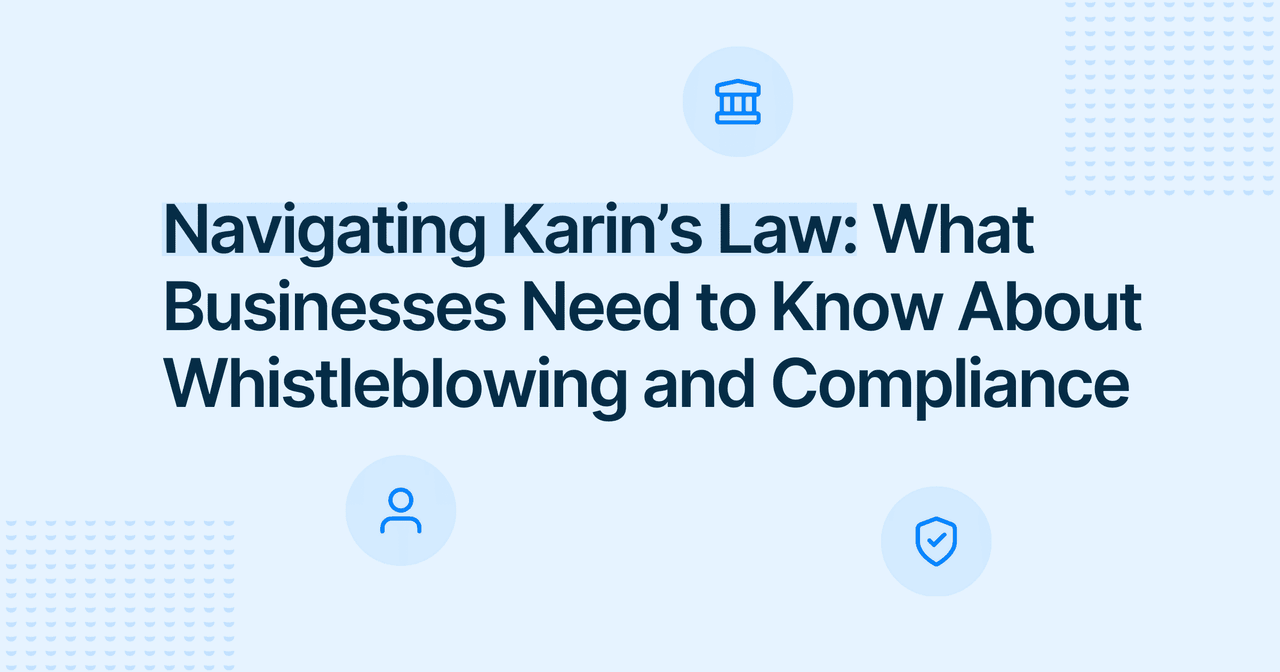



Discover the benefits of a transparent organization!
Try our free platform and strengthen the culture of openness in your team.
Workplace Environment

Yeva Bartkiv
Copywriter
Published
2023-04-28
Reading time
4 min


Table of contents
Subscribe to our newsletter
Mobbing in the workplace refers to repeated, hostile actions by a group targeting an individual. It's a severe form of workplace bullying - where team members may isolate, harass, or sabotage a colleague. Mobbing causes a negative impact on employee well-being, mental health, job satisfaction, and overall work performance.
Unlike traditional bullying behavior, mobbing at work is collective and often systematic. This toxic workplace behavior can be triggered by jealousy, competition, or prejudice - including factors like sexual orientation, age, or personality.
The Workplace Bullying Institute reports that such harassment is widespread yet underreported. Fear of retaliation, shame, and ineffective reporting mechanisms keep victims silent.

While related, bullying and mobbing in the workplace differ in scale and complexity. Bullying is often one-on-one - whereas mobbing involves multiple perpetrators and coordinated abuse. Both forms of bullying involve verbal abuse, incivility, and efforts to damage a person's credibility.
Common forms of bullying include:
Early identification of mobbing in the workplace can prevent long-term damage. Key signs include:
Workplace mobbing examples might include a group deliberately excluding a colleague from lunch or information-sharing. In extreme cases, the perpetrator may incite others to contribute to this hostile environment.
The work environment becomes toxic when mobbing persists. Affected employees may suffer from anxiety, insomnia, depression, and stress-related illnesses. Organizational effects include:

The ripple effects hurt overall morale and can lead to long-term damage to a company’s brand and culture.
If you're a target of bullying, take the following steps:
Keep detailed records of dates, times, individuals involved, and descriptions of incidents. This evidence is vital for internal and legal action.
Talk to a trusted colleague, counselor, or employee support service. Sharing your experience helps reduce the psychological toll.
Report the behavior to human resources or use anonymous hotlines like FaceUp. Reporting incidents helps your case and prevents further abuse.
Understanding workplace policies and legal options may empower you to act. In some countries, mobbing and psychological terror at workplaces are recognized legally.
Organizations play a crucial role in bullying prevention and creating a healthy workplace. Here's how employers can lead the change:
A clear message that all forms of bullying behavior are unacceptable helps set the tone for a positive workplace culture. Include definitions of workplace harassment, verbal abuse, and cyberbullying.
Create an atmosphere of mutual respect where concerns are addressed openly. Open communication reduces misunderstandings and fosters trust.
Run regular training sessions and training programs for all staff - including leadership - to raise awareness and equip employees with conflict resolution and decision-making skills.

Use reliable systems to ensure employees feel safe when reporting incidents. Anonymous platforms and dedicated hotlines help protect against fear of retaliation.
FaceUp provides an easy-to-use, secure tool for anonymous reporting.
Managers and team leads should model respectful workplace behavior. Addressing problems quickly can prevent escalation.
Employees who suffer long-term harm may file a workplace mobbing lawsuit - especially if there's documented evidence of abuse, psychological injury, or discriminatory behavior. Consulting a lawyer may help victims understand their legal rights and potential compensation.
Laws vary by country, but many are evolving to include protection against psychological harassment. Proactive anti-bullying initiatives by companies can reduce risk and demonstrate ethical leadership.
Surviving workplace mobbing requires time and support. Recovery may involve:
Employers should support affected individuals by offering mental health services and reintegration support.
These cases of mobbing emotional abuse in the American workplace are unfortunately common. They underline the urgency of proactive bullying prevention and intervention.
Building a safe workplace environment starts with strong values. Organizations must take the initiative to build cultures rooted in mutual respect, transparency, and empathy. Strong workplace policies and effective strategies reduce the likelihood of workplace bullying taking root.
Regular assessments, feedback loops, and updates to anti-harassment protocols ensure that policies remain effective.
Mobbing and workplace bullying are not just personal issues - they're organizational threats. To build a truly healthy workplace, companies must commit to:
Understanding what mobbing in the workplace looks like is the first step. Implementing anti-bullying measures and promoting employee well-being help everyone thrive.
Looking to foster a safer, more respectful work environment? Try FaceUp's anonymous reporting platform - a secure, easy-to-use solution that empowers employees and protects your organization.




Try our free platform and strengthen the culture of openness in your team.
Keep Reading

Alaa El-Shaarawi2025-12-197 min
Workplace Environment

Marie Roland2025-12-165 min
Whistleblowing

Alaa El-Shaarawi2025-12-087 min
Workplace Environment

Alaa El-Shaarawi2025-12-058 min
Legal & Compliance